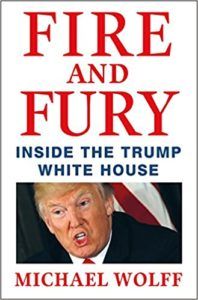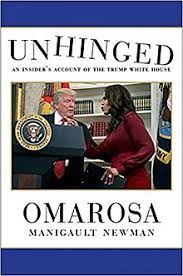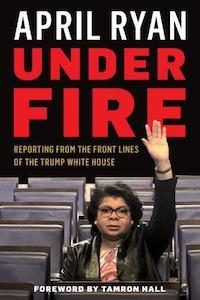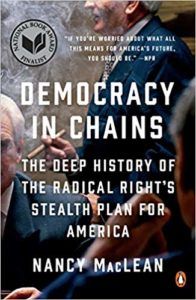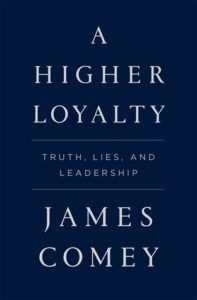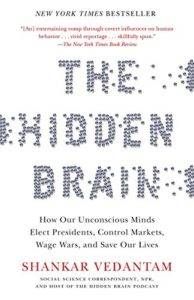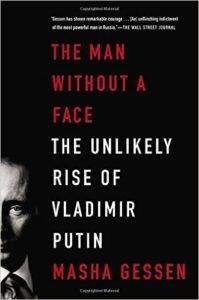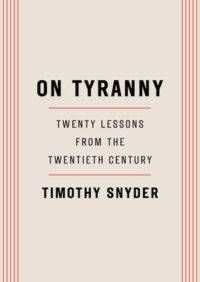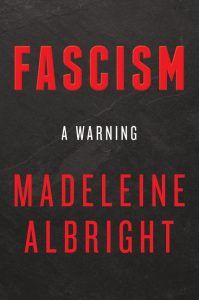Fear and Loathing in the Oval Office
The books that have made the biggest splash about the White House since Trump became president have not painted the prettiest picture of the highest office in the “Land of the Free.” Just look at the titles! Fear, fury, fire…If delving into the apparently toxic atmosphere of 1600 Pennsylvania Avenue sounds too depressing for you, just remember “better the devil you know” isn’t an aphorism that ONLY applies to choosing between two bad options.
Fire and Fury: Inside the Trump White House by Michael Wolff
Tabloid-y and gossipy, Wolff was the first writer to tell us about all the crazy going on in the Trump administration. Although entertaining in a Desperate Housewives sort of way, few, if any, of his stories have been verified and the book comes across as not entirely credible. Though I will give Wolff props for his late night talk show marketing style.
Unhinged: An Insider’s Account of the Trump White House by Omarosa Manigault Newman
This memoir isn’t notable so much for Omarosa’s “revelations” about Trump, but for the fact that it’s what Mashable calls a portrait in complicity and doublethink. I think we can all agree that if she hadn’t been fired, Omarosa would still be in the White House, aware of all its problems and lies, yet not owning up to her own role in that very culture or how she helped Trump get into the White House in the first place. I’m guessing there may be other White House staffers in a similar headspace.
Fear: Trump in the White House by Bob Woodward
Abandon hope all ye who enter here. Woodward basically confirms and builds upon everything reported in Wolff’s and Omarosa’s books, but it’s a bigger deal because he’s a respected journalist. (Or, if you’re a Trump supporter, a “liberal elitist with an agenda.”) Woodward’s book is aptly named and feels ever more relevant as the Trump presidency careens onward.
Under Fire: Reporting from the Front Lines of the Trump White House by April Ryan
Every presidential administration has different attitudes toward the press. But the Trump administration is unlike anything veteran White House reporter April Ryan has ever seen. In Under Fire, Ryan takes readers into the world of the oft-maligned White House Press Corps and writes about how the Trump administration obfuscates truth and works to discredit the press personally and professionally.
How Did We Get Here?
The problem with all of the current “inside the Trump White House” books, as CNN points out, is that they don’t address the really important question: how did someone like Trump even get elected? If the question How did we get here? How did we GET here? haunts your nightmares, these books may help you start gathering some answers.
Democracy in Chains: The Deep History of the Radical Right’s Stealth Plan for America by Nancy MacLean
If you’ve ever wondered why the far right either attacks or neglects things the majority of people value, like education and the environment, MacLean’s modern history of libertarianism will answer all your questions. The book starts sixty years ago with James McGill Buchanan, who partnered up with Charles Koch “to eliminate unions, suppress voting, privatize public education, stop action on climate change, and alter the Constitution.” It’s worth noting that MacLean doesn’t think Trump is the problem, but a symptom of a larger issue that has overtaken the Republican party and our government as a whole.
What Happened by Hillary Rodham Clinton
As fellow Rioter Nicole pointed out shortly after its publication, What Happened is a historically important book regardless of one’s political leanings. Not only does Clinton discuss the challenges of being a woman in power and her experience campaigning against Trump, she talks about what we can all do now moving forward.
A Higher Loyalty: Truth, Lies, and Leadership by James Comey
The Hidden Brain: How Our Unconscious Minds Elect Presidents, Control Markets, Wage Wars, and Save Our Lives by Shankar Vedantam
Some chapters in this book are better than others, but it’s one of the more fascinating ones is about elections and the role race plays in both who votes and who wins seats. While Vedantam doesn’t address Trump’s election directly (the book was published in 2010), those same issues obviously bubbled up in 2016 as well, and continue to do so. As Vedantam points out, if we have any hope of seeing a more diverse elected government, we need to be aware of our biases so we can work around them instead of ignoring them or denying they exist, which only helps ensure the status quo.
Looking to the Future
What can we expect from this president and how can we resist, should we chose to do so? The following books paint a grim picture, but then it is the Trump presidency book club.
The Man Without a Face: The Unlikely Rise of Vladimir Putin by Masha Gessen
Now that Putin’s BFF is in the White House and making fanboi noises, it might be a good idea to learn who is this Russian president anyway. Unofficial Putin expert, LGBTQ rights activist, and journalist Masha Gessen talks about Putin’s childhood, his career and the culture within Russia’s secret police, and how he quickly rose to power and effectively killed Russian democracy. If you’re looking for insight into Russia’s recent history and the man in charge, this book will provide it.
On Tyranny: 20 Lessons from the 20th Century by Timothy Snyder
As historian Snyder states at the beginning of this book, history doesn’t repeat itself, “but it does instruct.” In On Tyranny, Snyder takes lessons from the rise of nationalism and totalitarianism in the last century to guide his readers on how to spot a weakening democracy and try to save it. If this was a class it’d be called How to Survive the Trump Presidency 101. (And just a heads up: this article at The New York Review of Books, also from a historian specializing in WWII, is an excellent companion piece to On Tyranny.)
Fascism: A Warning by Madeleine Albright
Another book I wasn’t planning to include here, but decided to anyway because of the avalanche of 5-star reviews. Albright, who escaped the Nazis with her family as a little girl, discusses the rise of fascism in the 20th century, and how we’re seeing it play out today in countries like Russia, Hungary, and North Korea; then swings back around to deep dive into how and why fascism is an emerging spectre in the United States. Albright’s book illuminates a topic most of us think we know a lot about, but really don’t. Also, out of all the books on this list, Albright may be the only author who digs into the question of how Donald Trump became president.
Nasty Women: Feminism, Resistance, and Revolution in Trump’s America edited by Samhita Mukhopadhyay and Kate Harding
When an unapologetic misogynist who brags about assaulting women is elected into office, there’s only one thing for women to do: get angry, unite, and support each other. In this anthology of feminist essays, a diverse group of writers look at a wide range of issues, the state of feminism, and things we can do next to come together and protect our rights. Want to take your book club even further in reading about politics, Trump, and how to resist the rise of nationalism in your neck of the woods? We have reading lists for that! Like, a lot. Check out:
A Midterm Elections Reading List 50 Must-Read Books About American Politics 10 New Books on Anger, Feminism, and Unruly Women Books About the 2016 Election Political Comics About Trump Books to Read for the Resistance Teen Guides to Activism Books to Read if You’re Angry About Betsy Devos and Title IX 100 Must-Read Books for Understanding US Social Policy Required Reading for Understanding WTF is Happening in Russia 4 Books to Get You Started on Contemporary International Politics And 5 Books About Syria
